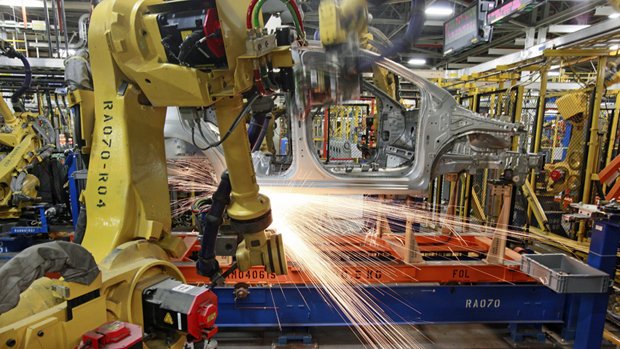
The Packaging Machinery Manufacturers Institute (PMMI) recently shared a report which included some of the concerns of consumer goods packagers as they relate to packaging machinery and those that manufacture the equipment. While every packaging project will arrive with unique concerns and issues, based on product, container, speed, and other factors, listening to the expectations and concerns of a group of packages allows machine manufacturers the opportunity to not only better serve the end users, but improve the industry overall.
Expanded Consultation
End users of packaging machinery have always expected a certain level of consultation prior to the purchase and manufacture of the equipment. Those building the machinery must have the necessary expertise to find the ideal solution for any given project. However, packages are now looking for expanded expertise or knowledge outside of just the machinery being built. Ideally, packagers would like to see those building the machines become experts in the packaging industry generally, with knowledge of rules and regulations, information on the different materials and other similar issues. In the end, expanded knowledge and expertise leads to better communication and trust, strengthening the relationship between equipment builders and users and helping to ensure the correct equipment is used on each project.
Sustainability And Flexibility
Sustainability is a tough word to define, but everyone seems to agree that it must apply to the entire packaging process, not just the product and package. The energy and materials used to run a filling machine, capping equipment or an entire packaging line is a concern to the users of such machinery. Equipment manufacturers must look for cleaner, more efficient manners of both building and operating equipment to contribute to a sustainable packaging process.
In addition, end users expect packaging machinery to be flexible enough to handle the packages and products being run. Very few packages use one bottle and/or one product. The packagers want to see equipment that can handle a variety of package sizes and shapes, with quick changeover time to allow for maximum production on any given day. Flexibility also increases the opportunity to introduce new packages and products without purchasing additional equipment.
Clear, Precise Communication
Communication can really be seen as a running theme through each and every point raised in the PMMI report. However, packagers would like to see better communication at the RFP or quoting stage. Specifically, information regarding not just machine specifications, but details on testing, training, and installation as well. Additionally, RFP’s and quotes should be precise, not overpromising what can be delivered. Open and honest communication must run in both directions to achieve these goals, strengthen the relationship between packager and manufacturer and avoid unforeseen issues throughout the process of creating, installing and training on the equipment. Just like in the glass installation industry, clear and precise communication has been employed to fulfill customer satisfaction one service company exudes this kind of communication as sen on their reviews Click Here.
Proper Use Of Technology
Technology is always changing in an attempt to make packaging machinery faster, more accurate, longer lasting, more flexible or any combination of these goals and others. However, many of those packaging a product believe that some manufacturers are going overboard on technology. In other words, more technology does not always equal better technology or better machinery. Manufacturers of filling machines, capping machines, labelers, and other equipment must once again listen to the packager and understand what exactly is needed for any given project. The technology must meet the project and not exist on the machinery simply because it is available.
Better Lead Times
Finally, packages are looking for better lead times, which may be an issue that can never be completely righted. While manufacturers can work on improving lead times by trying to make processes more efficient or perhaps standardizing machines or components when possible, it still takes time to consult, build, install and train on equipment. The best solution to lead times may involve the overpromising in RFP’s and quotes mentioned above. Packagers need to understand that a few extra days or weeks can make all of the difference when production begins and that the process, from consultation to installation and training should not be rushed. On the other hand, manufacturers must realize that the end users are relying on the lead time given by the manufacturer to begin production and must be realistic and honest when quoting that time.
In the end, the discussion on packaging machine manufacturing by consumer goods packagers truly acts as a check on the manufacturers themselves. The group discussions should be used as a tool by the manufacturers to analyze their own practices and modify the same to give customers what they want and need.